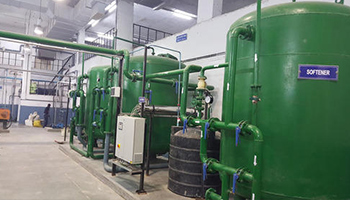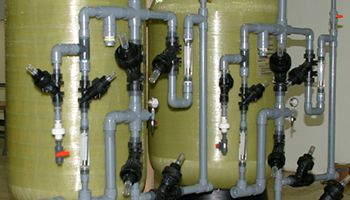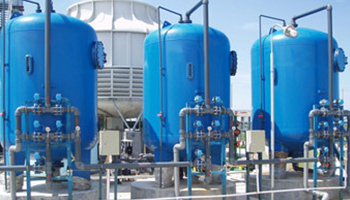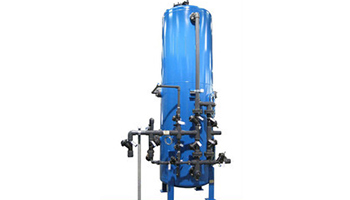Ion Exchange
Ion exchange is a resin based process, the inner bids of resin carry either positive or negative ion which can be exchanged with the ion of incoming water. The dissolved salt or solids comprising of positive or negative ions are passed through cation and anion resins to achieve desired results.
There are various combinations of Ion exchange Columns depending upon raw water, product water and economy of operation. The demineralisation process can be carried out by 2 bed system, 3 bed system and combination of Degasser tower, as and when required. Another popular utility of ion exchange process is a softener. Softening resins have sodium ion concentration as an ion to be exchanged with calcium and magnesium ions. So by replacing calcium and magnesium ions, which constitutes hardness of the water. This type of resins can make the water soft. All types of resins are regeneratable by the help of weak acid, weak base and or salt solution.



